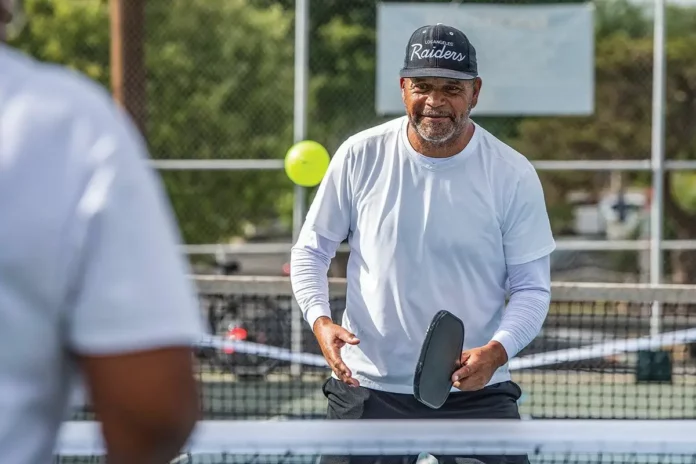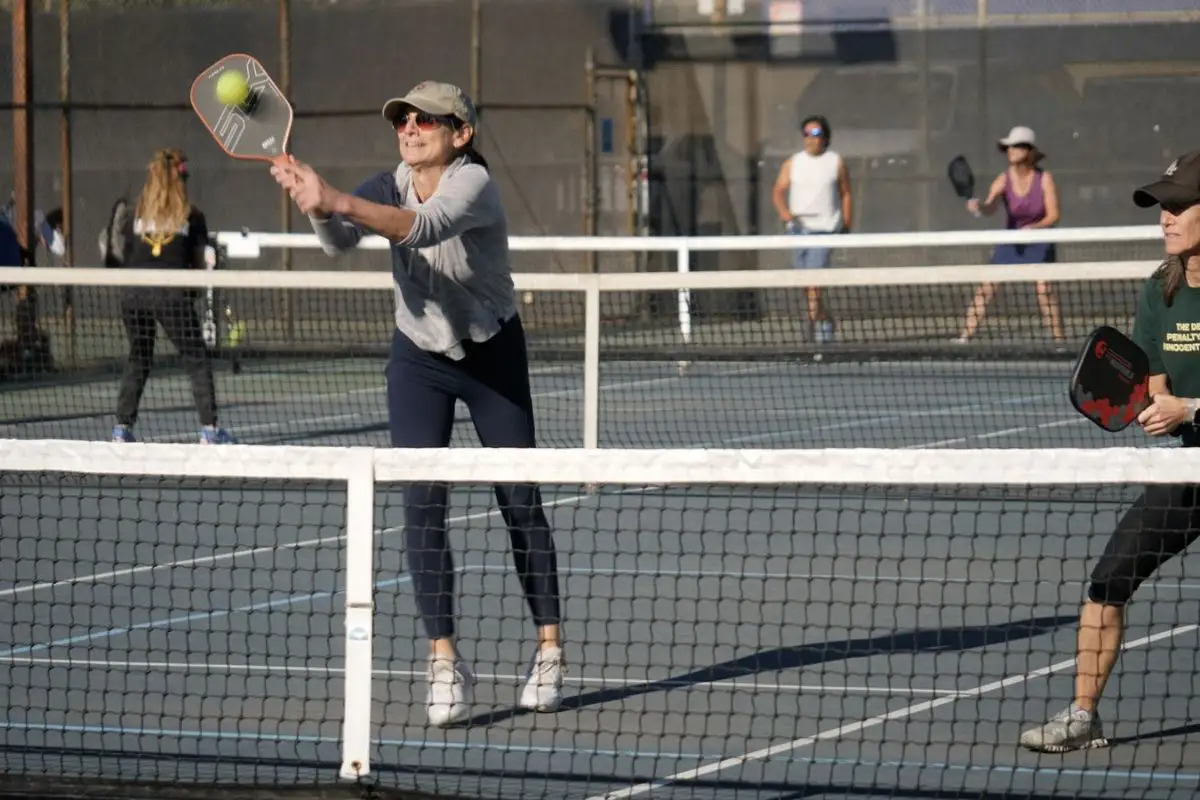How Pickleball Became America’s Fastest-Growing Sport: For the third consecutive year, pickleball has maintained its status as the fastest-growing sport in the United States. A 2024 report from the Sports & Fitness Industry Association (SFIA) reveals staggering numbers, showing an increase of 51.8% in participation from 2022 to 2023 alone, bringing the total rise over the past three years to an impressive 223.5%.
The sport now boasts approximately 13.6 million players aged six and older, nearly matching outdoor soccer’s 14.1 million participants. This remarkable growth isn’t just about the numbers; it’s about the level of commitment from players.
CORE Players Take Center Stage
The SFIA report notes a significant uptick in “CORE” players, those who are highly engaged and participate consistently. In fact, the number of CORE players has soared by 111% year-over-year.
This shift from casual participation to a dedicated player base signals that pickleball is not just a passing fad. The surge of players entering the CORE ranks lays a foundation for the sport that few new sports can claim to have achieved.
Who Plays Pickleball? A Cross-Generational Phenomenon
Pickleball’s appeal has broadened well beyond its initial association with retirees. While the sport was once thought of primarily as a game for older generations, the latest data shows that pickleball is now played by people of all ages. In 2023, the largest group of participants was the 25-34 age bracket, with 2.3 million players—a demographic traditionally dominated by team sports like basketball and soccer.
Additionally, the sport has seen an increase of younger players, with over 1 million participants under the age of 18 joining the ranks in 2023. This surge indicates not only the growing appeal of pickleball among the youth but also hints at a future pipeline that could sustain the sport for years to come.
Pickleball is now one of the rare sports to boast such a wide demographic range, appealing to younger and older generations.
Building Courts to Meet Demand: The Urgent Need for Infrastructure
While participation numbers increase, the infrastructure to support the sport’s growth has not kept pace. Despite a 55% increase in dedicated pickleball facilities and a 23% rise in total courts from the previous year, the shortage of pickleball courts—especially in urban areas—remains a pressing concern.
Major cities like New York, Los Angeles, and Chicago have made strides by significantly increasing the number of courts, yet they still trail the national average in court density by nearly 92%.
To keep up with demand, the pickleball industry needs a hefty investment—approximately $855 million—to fund the construction of 24,500 new courts over the next 5-7 years. Without this infusion of resources, the sport could face bottlenecks that would stymie its continued growth.
The Future of Pickleball: More Than a Passing Trend
While many sports experience brief surges in popularity, pickleball’s continued growth suggests that it is more than just a passing trend. Its widespread demographic appeal and the impressive rise in CORE players indicate a deep level of engagement that could keep the sport thriving in the long term.
However, the road ahead is not without its challenges. In 2023, pickleball saw a concerning 3.4 million players drop off, highlighting the risk of participant churn. To maintain its momentum, the sport will need to focus on converting casual players into more dedicated participants and reducing turnover. If it succeeds, pickleball’s rise could be sustained for decades.
Courts per Facility: Outdoor Dominates, But Indoor Options Are Expanding
As outdoor play remains the preferred option for many pickleball players, the demand for indoor courts is also growing. While 67% of pickleball courts are outdoors, the number of indoor pickleball facilities has seen a slower growth rate at 14% compared to 28% for outdoor pickleball courts. This is particularly noticeable in regions where seasonal weather limits outdoor play, increasing the call for indoor options to accommodate year-round participants.
News in Brief: How Pickleball Became America’s Fastest-Growing Sport
Pickleball continues its rise in popularity, reaching a record 13.6 million players in 2023. This 51.8% year-over-year growth signals the sport’s expanding appeal, especially among younger and more committed players.
The industry faces an urgent need for infrastructure expansion, with $855 million required to build 24,500 new pickleball courts over the next 5-7 years. Despite challenges, pickleball’s broad demographic appeal and high levels of engagement suggest its growth is not just a trend but a long-term phenomenon.
ALSO READ: Pam Lippy’s Inspiring Pickleball Story, How She Turned Her Basement into a Pickleball Powerhouse


